-
 Bitcoin
Bitcoin $108,017.2353
-0.81% -
 Ethereum
Ethereum $2,512.4118
-1.58% -
 Tether USDt
Tether USDt $1.0002
-0.03% -
 XRP
XRP $2.2174
-1.03% -
 BNB
BNB $654.8304
-0.79% -
 Solana
Solana $147.9384
-1.76% -
 USDC
USDC $1.0000
-0.01% -
 TRON
TRON $0.2841
-0.76% -
 Dogecoin
Dogecoin $0.1636
-2.09% -
 Cardano
Cardano $0.5726
-1.72% -
 Hyperliquid
Hyperliquid $39.1934
1.09% -
 Sui
Sui $2.9091
-0.59% -
 Bitcoin Cash
Bitcoin Cash $482.1305
0.00% -
 Chainlink
Chainlink $13.1729
-1.54% -
 UNUS SED LEO
UNUS SED LEO $9.0243
-0.18% -
 Avalanche
Avalanche $17.8018
-1.90% -
 Stellar
Stellar $0.2363
-1.69% -
 Toncoin
Toncoin $2.7388
-3.03% -
 Shiba Inu
Shiba Inu $0.0...01141
-1.71% -
 Litecoin
Litecoin $86.3646
-1.98% -
 Hedera
Hedera $0.1546
-0.80% -
 Monero
Monero $311.8554
-1.96% -
 Dai
Dai $1.0000
-0.01% -
 Polkadot
Polkadot $3.3473
-2.69% -
 Ethena USDe
Ethena USDe $1.0001
-0.01% -
 Bitget Token
Bitget Token $4.3982
-1.56% -
 Uniswap
Uniswap $6.9541
-5.35% -
 Aave
Aave $271.7716
0.96% -
 Pepe
Pepe $0.0...09662
-1.44% -
 Pi
Pi $0.4609
-4.93%
How much volume is needed to confirm the neckline breakthrough of the double bottom pattern?
A strong double bottom breakout is confirmed by volume at least 50% above average, with higher volume on the right bottom and a clear spike on the breakout day.
Jul 05, 2025 at 07:16 pm
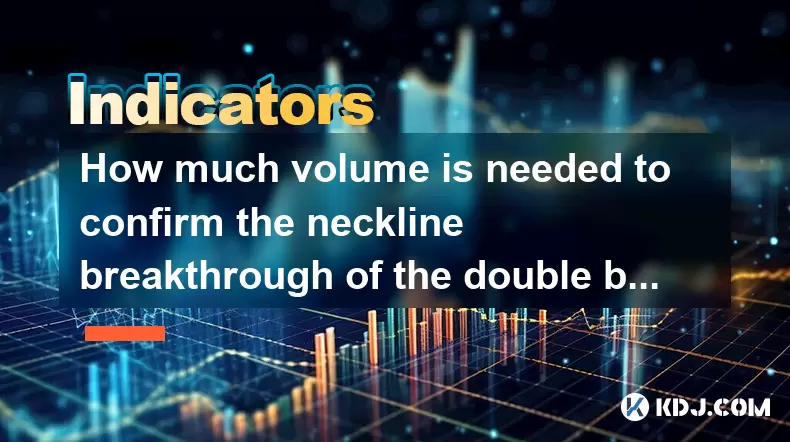
Understanding the Double Bottom Pattern
The double bottom pattern is a popular technical analysis formation used by traders to identify potential reversals from a downtrend to an uptrend. It consists of two distinct lows that are roughly equal, separated by a moderate peak. The pattern is considered complete when the price breaks above the neckline, which is drawn horizontally across the highest point between the two bottoms.
Traders often look for confirmation signals before entering trades based on this pattern. One such crucial signal is volume during the breakout. Understanding how much volume is needed helps in validating the strength of the reversal and increases the probability of a successful trade.
Volume plays a critical role in confirming the validity of the neckline breakout.
The Role of Volume in Technical Patterns
Volume is a measure of how much an asset has been traded over a specific period. In technical analysis, it serves as a supporting indicator that can confirm or deny the strength behind price movements. A strong breakout is typically accompanied by a surge in trading volume, suggesting increased interest and conviction among traders.
When analyzing the double bottom pattern, volume is especially important during the final leg — the breakout above the neckline. If the breakout occurs on low volume, it may indicate a lack of participation and could result in a false move or a failed pattern.
A significant increase in volume during the breakout confirms the legitimacy of the double bottom pattern.
What Constitutes Strong Volume During Breakout?
There is no universal standard for what constitutes "strong" volume, but there are several benchmarks traders use:
- Above Average Volume: Compare the breakout day’s volume to the average volume over the past 20–30 days. A breakout with volume at least 50% higher than the average is considered strong.
- Relative Comparison: Look at the volume during the formation of the two bottoms. The right bottom should ideally show increasing volume compared to the left one, indicating growing buying pressure.
- Breakout Day Spike: On the actual breakout day, volume should be clearly higher than all previous days within the pattern structure.
These criteria help filter out weak breakouts and focus on those with genuine momentum.
Volume should significantly exceed recent levels to validate the breakout's strength.
How to Analyze Volume Relative to the Double Bottom Formation
To effectively analyze the required volume during the neckline breakout, follow these steps:
- Identify the volume levels during the formation of both bottoms. The second bottom should have higher or comparable volume to the first.
- Observe the volume trend leading up to the neckline. An upward sloping volume profile suggests building demand.
- Check the volume on the breakout candlestick. It should stand out visually on the volume chart.
- Confirm that the closing price remains above the neckline after the breakout, supported by high volume.
These observations help ensure that the breakout isn't just a short-lived price spike but part of a broader shift in market sentiment.
Analyzing volume trends throughout the pattern enhances the accuracy of the breakout signal.
Common Mistakes When Evaluating Volume in Double Bottoms
Many traders make errors when interpreting volume in the context of the double bottom pattern. Some common mistakes include:
- Ignoring volume entirely and relying solely on price action.
- Accepting breakouts with only slightly elevated volume.
- Failing to compare current volume to historical averages.
- Not waiting for the price to close above the neckline before assuming the pattern is confirmed.
Avoiding these pitfalls ensures more reliable trade setups and reduces the likelihood of entering false breakouts.
Proper volume interpretation prevents premature entries and improves trade quality.
Frequently Asked Questions (FAQ)
- Can a double bottom pattern still be valid if the breakout happens on low volume?
While possible, a low-volume breakout significantly decreases the reliability of the pattern. Traders usually avoid taking positions based solely on such weak signals.
Is it necessary for both bottoms to have similar volume?
No, it's not mandatory, but the second bottom should ideally show stronger or matching volume compared to the first. This indicates increasing buyer interest. How long should I wait after the breakout to confirm its validity?
It's advisable to wait for at least one full candlestick closure above the neckline, preferably accompanied by high volume, before considering the breakout confirmed. Does the time frame affect how volume is interpreted in the double bottom pattern?
Yes, volume interpretation varies across time frames. Higher time frames like daily or weekly charts tend to give more reliable volume signals than shorter ones like hourly charts. Disclaimer:info@kdj.com
The information provided is not trading advice. kdj.com does not assume any responsibility for any investments made based on the information provided in this article. Cryptocurrencies are highly volatile and it is highly recommended that you invest with caution after thorough research!
If you believe that the content used on this website infringes your copyright, please contact us immediately (info@kdj.com) and we will delete it promptly.
- Cryptos in July 2025: Massive Gains or Just Hype?
- 2025-07-05 20:30:13
- Pepe's EVM Layer 2 Meme Coin Mania: What's the Hype?
- 2025-07-05 20:50:12
- Shiba Inu, Dogecoin, and the Crypto Skyrocket: What's Making These Memes Soar?
- 2025-07-05 21:10:12
- Tokenized Stocks: Robinhood, Gemini, and the NYSE Threat
- 2025-07-05 21:10:12
- Altcoin Adventures: Navigating the Pepe Fork Frenzy and Solana's Summer Swings
- 2025-07-05 21:15:12
- Hong Kong's Tokenised Bond Leap: Zero Stamp Duty Sparks Web3 Ambitions
- 2025-07-05 20:30:13
Related knowledge

How to set up a moving average crossover alert for Dogecoin
Jul 05,2025 at 07:33pm
Understanding Moving Averages and Their Relevance to DogecoinMoving averages (MAs) are among the most commonly used technical indicators in cryptocurrency trading. They help smooth out price data over a specific time period, offering traders a clearer view of trends. Dogecoin, being a highly volatile altcoin, often exhibits strong momentum when certain ...
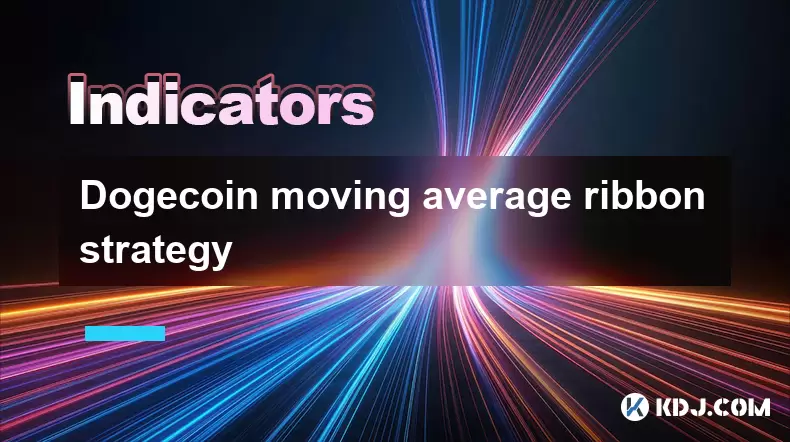
Dogecoin moving average ribbon strategy
Jul 05,2025 at 07:32pm
What is the Dogecoin Moving Average Ribbon Strategy?The Dogecoin moving average ribbon strategy is a technical analysis approach used by traders to identify potential trends and reversals in the price of DOGE. This method involves plotting multiple moving averages (MAs) on a price chart, typically of varying lengths, which visually form a 'ribbon' when ...
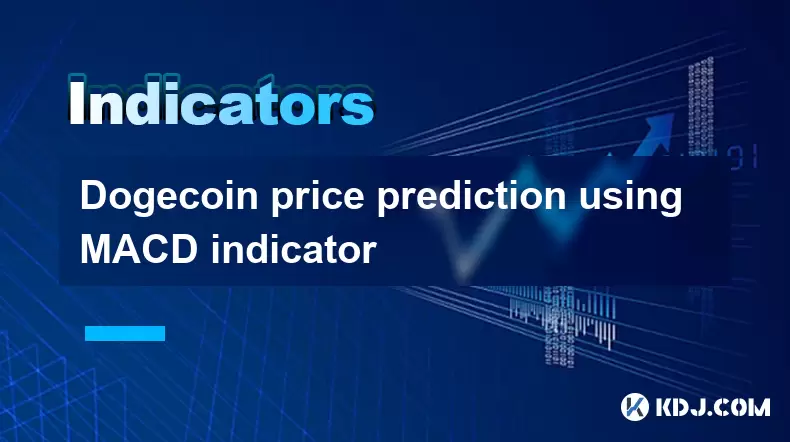
Dogecoin price prediction using MACD indicator
Jul 05,2025 at 07:18pm
Understanding the MACD Indicator in Cryptocurrency TradingThe Moving Average Convergence Divergence (MACD) is a popular technical analysis tool used by traders to identify potential price trends and reversals. It consists of three main components: the MACD line, the signal line, and the MACD histogram. The MACD line is calculated by subtracting the 26-p...
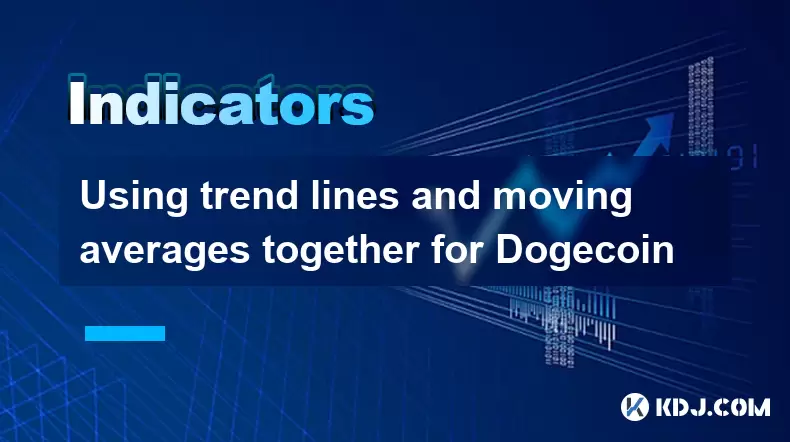
Using trend lines and moving averages together for Dogecoin
Jul 05,2025 at 07:16pm
Understanding Trend Lines in Cryptocurrency TradingTrend lines are essential tools for analyzing price movements in the cryptocurrency market. In Dogecoin trading, trend lines help identify potential support and resistance levels by connecting significant price points on a chart. When applied correctly, these lines can indicate whether the asset is in a...
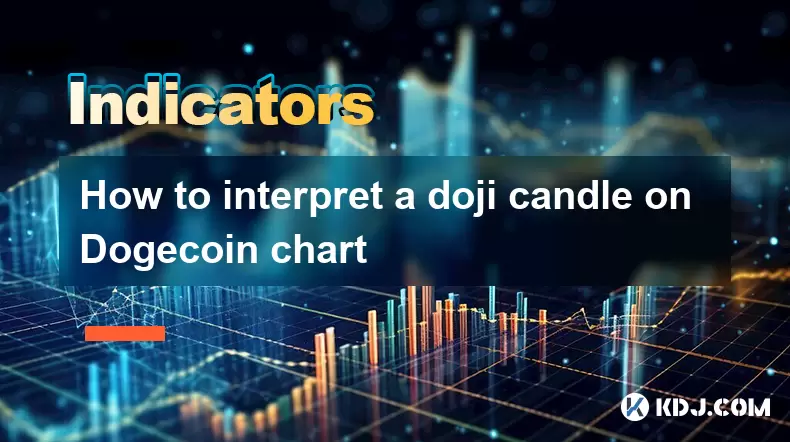
How to interpret a doji candle on Dogecoin chart
Jul 05,2025 at 07:49pm
Understanding the Doji Candlestick PatternA doji candle is a crucial technical indicator in cryptocurrency trading, especially when analyzing assets like Dogecoin. It represents market indecision and often signals potential reversals or continuation patterns. A doji forms when the opening and closing prices of an asset are nearly identical, resulting in...
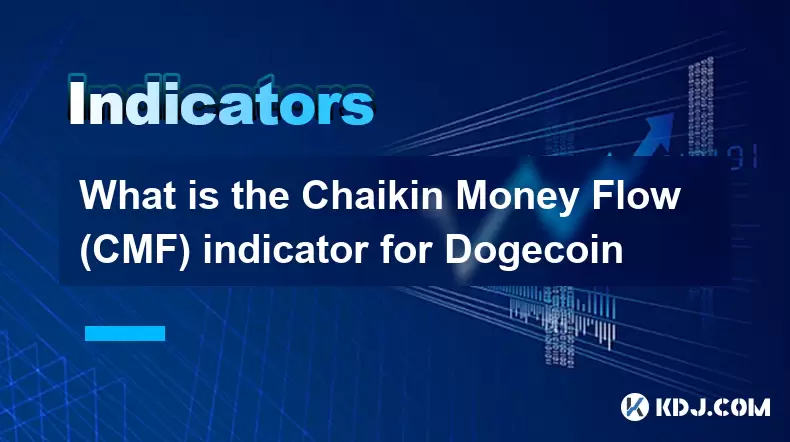
What is the Chaikin Money Flow (CMF) indicator for Dogecoin
Jul 05,2025 at 07:32pm
Understanding the Chaikin Money Flow (CMF) IndicatorThe Chaikin Money Flow (CMF) is a technical analysis indicator developed by Marc Chaikin to measure the accumulation and distribution of a financial asset over a specific period. It combines both price and volume data to assess whether institutional investors are actively buying or selling an asset. In...

How to set up a moving average crossover alert for Dogecoin
Jul 05,2025 at 07:33pm
Understanding Moving Averages and Their Relevance to DogecoinMoving averages (MAs) are among the most commonly used technical indicators in cryptocurrency trading. They help smooth out price data over a specific time period, offering traders a clearer view of trends. Dogecoin, being a highly volatile altcoin, often exhibits strong momentum when certain ...

Dogecoin moving average ribbon strategy
Jul 05,2025 at 07:32pm
What is the Dogecoin Moving Average Ribbon Strategy?The Dogecoin moving average ribbon strategy is a technical analysis approach used by traders to identify potential trends and reversals in the price of DOGE. This method involves plotting multiple moving averages (MAs) on a price chart, typically of varying lengths, which visually form a 'ribbon' when ...

Dogecoin price prediction using MACD indicator
Jul 05,2025 at 07:18pm
Understanding the MACD Indicator in Cryptocurrency TradingThe Moving Average Convergence Divergence (MACD) is a popular technical analysis tool used by traders to identify potential price trends and reversals. It consists of three main components: the MACD line, the signal line, and the MACD histogram. The MACD line is calculated by subtracting the 26-p...

Using trend lines and moving averages together for Dogecoin
Jul 05,2025 at 07:16pm
Understanding Trend Lines in Cryptocurrency TradingTrend lines are essential tools for analyzing price movements in the cryptocurrency market. In Dogecoin trading, trend lines help identify potential support and resistance levels by connecting significant price points on a chart. When applied correctly, these lines can indicate whether the asset is in a...

How to interpret a doji candle on Dogecoin chart
Jul 05,2025 at 07:49pm
Understanding the Doji Candlestick PatternA doji candle is a crucial technical indicator in cryptocurrency trading, especially when analyzing assets like Dogecoin. It represents market indecision and often signals potential reversals or continuation patterns. A doji forms when the opening and closing prices of an asset are nearly identical, resulting in...

What is the Chaikin Money Flow (CMF) indicator for Dogecoin
Jul 05,2025 at 07:32pm
Understanding the Chaikin Money Flow (CMF) IndicatorThe Chaikin Money Flow (CMF) is a technical analysis indicator developed by Marc Chaikin to measure the accumulation and distribution of a financial asset over a specific period. It combines both price and volume data to assess whether institutional investors are actively buying or selling an asset. In...
See all articles

























































































